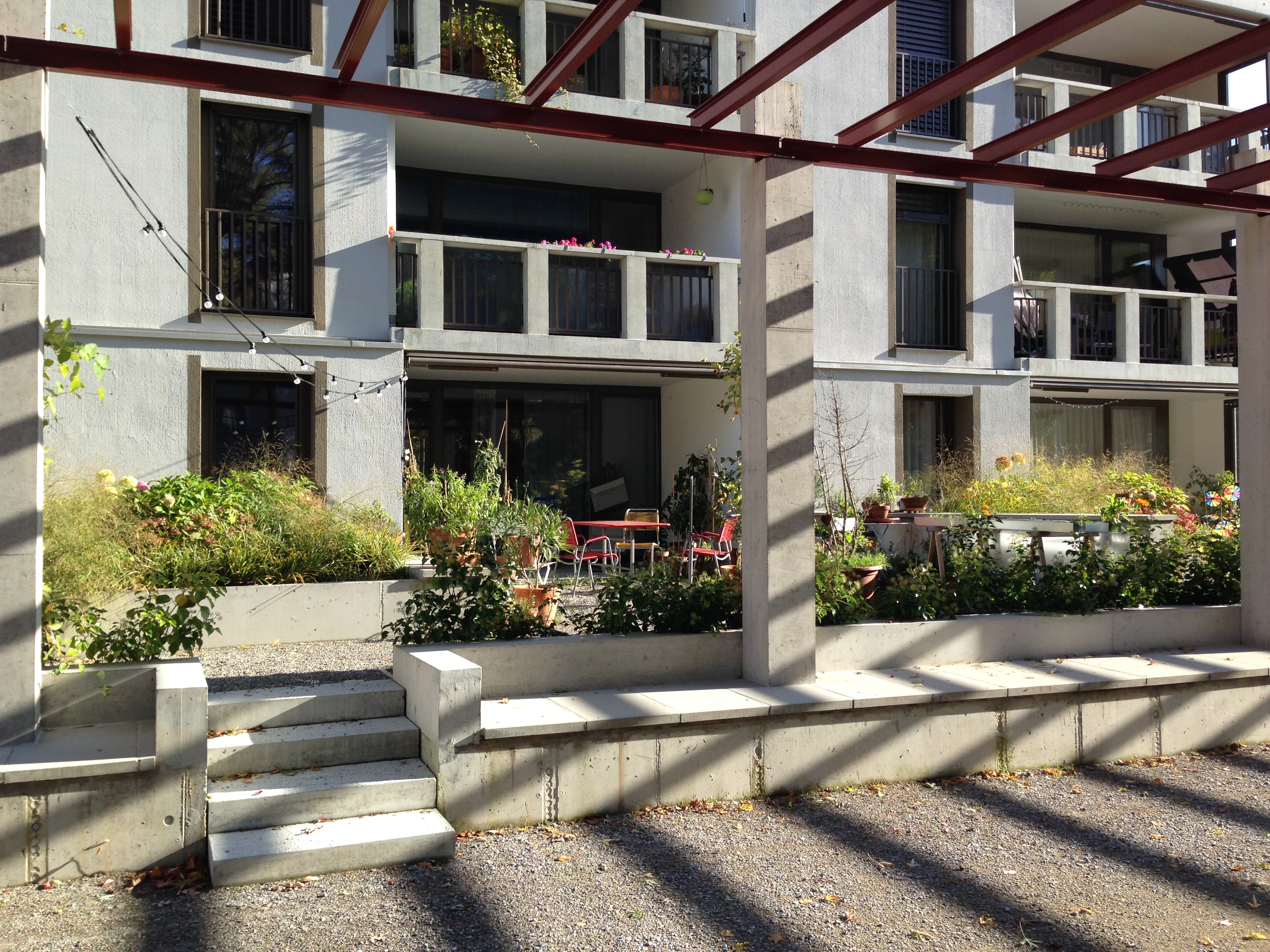Notes
1
Irina Davidovici, Forms of Practice (Zurich: gta verlag 2018), 146.
2
Colin Rowe, “Mathematics of the Ideal Villa,” Architectural Review (March 1947). Thanks to Francesca Johanson for this insight.
3
See, for instance, Rahel Marti, “Weg mit W2!,” Hochparterre 1/2 (2017).
© 2019 e-flux and the author
